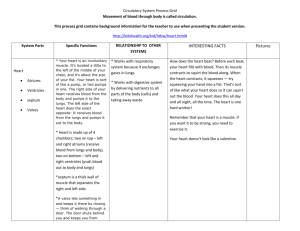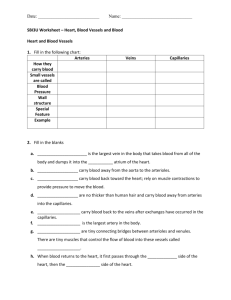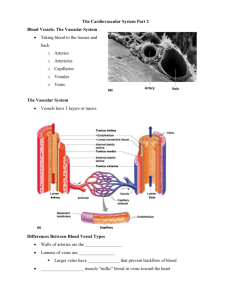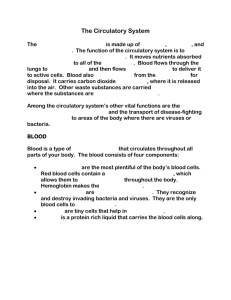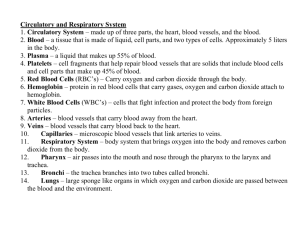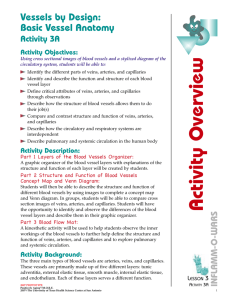Guidelines for Making Effective Flash Cards
advertisement
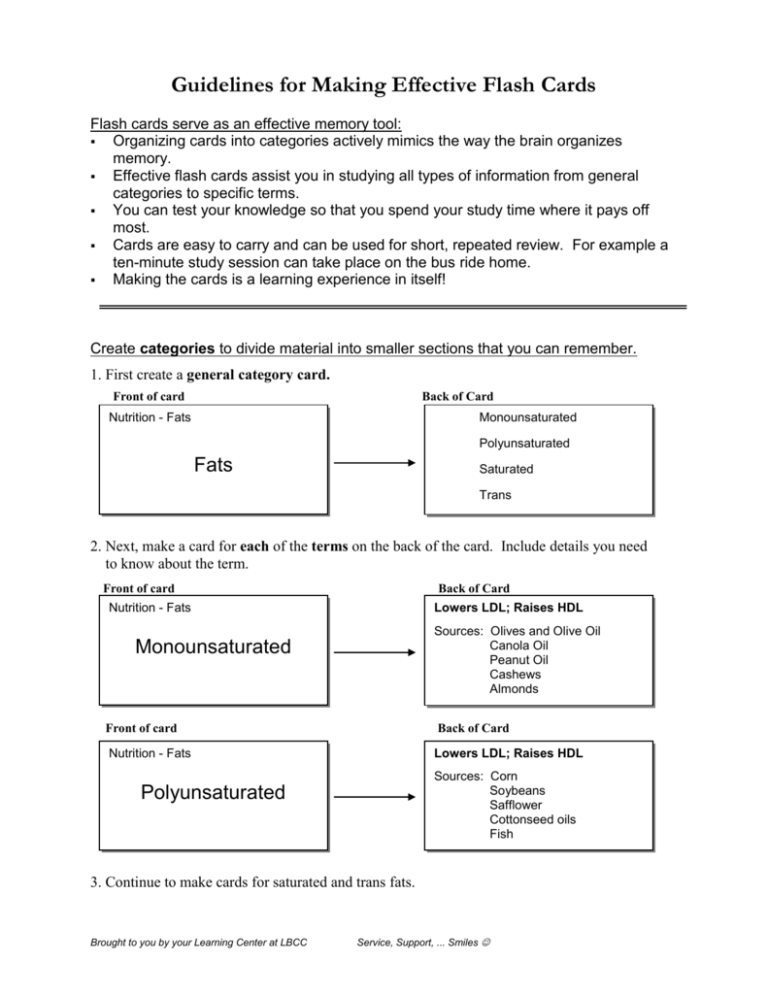
Guidelines for Making Effective Flash Cards Flash cards serve as an effective memory tool: Organizing cards into categories actively mimics the way the brain organizes memory. Effective flash cards assist you in studying all types of information from general categories to specific terms. You can test your knowledge so that you spend your study time where it pays off most. Cards are easy to carry and can be used for short, repeated review. For example a ten-minute study session can take place on the bus ride home. Making the cards is a learning experience in itself! Create categories to divide material into smaller sections that you can remember. 1. First create a general category card. Front of card Back of Card Nutrition - Fats Monounsaturated Polyunsaturated Fats Saturated Trans 2. Next, make a card for each of the terms on the back of the card. Include details you need to know about the term. Front of card Back of Card Lowers LDL; Raises HDL Nutrition - Fats Sources: Olives and Olive Oil Canola Oil Peanut Oil Cashews Almonds Monounsaturated Front of card Back of Card Nutrition - Fats Lowers LDL; Raises HDL Sources: Corn Soybeans Safflower Cottonseed oils Fish Polyunsaturated 3. Continue to make cards for saturated and trans fats. Brought to you by your Learning Center at LBCC Service, Support, ... Smiles Flash cards can include various types of information such as concepts, key terms, questions, equations, and illustrations. See the following examples. Concept Card Front Back Photosynthesis Two coupled reactions of photosynthesis. Term/Vocabulary Card 1. light reaction - electronic Back of Topic Cardtransport - Question effects 2. dark reaction - complex enzymatic chemical reactions Front blood vessels Back Any of the branching system of muscular tubes that carry oxygen-rich blood away from the heart. arteries Three layers: 1. a tough outer layer, 2. a muscular middle layer, and 3. a smooth inner layer. Question Card Front Back Native American History Sitting Bull was the chief of what Native American nation? Equation/Formula Card He was the chief of the Teton Sioux. Front Back Percent Notation I=P·r·t Simple Interest Formula Illustration Card I is simple interest P is principle r is rate t is years Front Back Maslow's Hierarchy of Needs Self Actualization Self Esteem Social Belonging Safety/Security Physiological Needs/Survival Brought to you by your Learning Center at LBCC Service, Support, ... Smiles When studying a long passage or chapter, write the general category on the front of the card in the upper, left-hand corner. Use each type of flashcard that applies to what you are learning. For example, a section on blood circulation could include the following: The general category of blood vessels. Front of Category Card Back of Category Card blood vessels blood vessels 1. arteries 2. veins 3. capillaries Term/vocabulary cards to define arteries, veins, and capillaries. Front of Vocabulary Card Back of Vocabulary Card blood vessels arteries Any of a branching system of muscular tubes that carry oxygen-rich blood away from the heart. Three layers: a tough outer layer, a muscular middle layer, and a smooth inner layer A question card Front of Question Card Back of Question Card blood vessels How do the veins get blood back to the heart? The veins have valves that open and close, allowing blood to flow back to the heart against gravity. A concept card Front of Concept Card blood vessels Explain the flow of blood through the blood vessels Brought to you by your Learning Center at LBCC Back of Concept Card Arteries carry blood away from the heart. Capillaries connect arteries to veins. Veins carry blood back to the heart. Service, Support, ... Smiles


